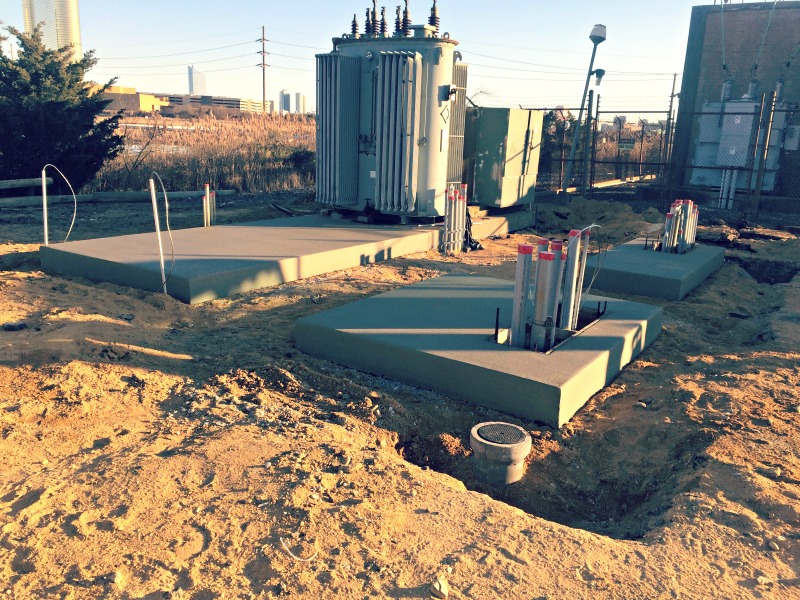Jan 02, 2018
A battery electric storage system is currently being installed at our Wastewater Treatment Facility. The system, owned and operated by Viridity Energy, will help balance the relationship between our renewable energy projects and the electrical grid.
Renewable energy sources are more intermittent than traditional sources like natural gas or coal, and existing electrical infrastructure is still adapting to handle them. Batteries are one tool that will help ensure renewable energy and the electrical grid can work together reliably and effectively by managing supply and demand.
Our Wastewater Treatment Facility has received more than 60 percent of its electrical demand from our 7.5-megawatt wind and 500-kilowatt solar projects since 2006. When more power is generated than we need, it gets sent back to the electrical grid. Once the batteries are in place, that excess energy -- up to one megawatt -- can be stored in the batteries instead, which will help ease pressure on the grid.

Battery project construction site at our Wastewater Treatment Plant (December 2017)
In times of high demand, the grid can pull energy from the battery for use. Additionally, in the event of a power outage, the battery could provide up to 15 minutes of backup power for the plant.
Because wastewater treatment is an energy intensive process, a one-megawatt battery is unable to fully store all the excess renewable energy generated, or to act as a long-term resiliency tool during outages. However, future battery projects will allow critical infrastructure, such as wastewater treatment plants like ours, to run 100 percent on renewable energy and be independent from the electric grid.
The batteries are expected to be in operation by February 2018. The project is a small-scale version of what will likely be an important tool in supporting the growth of renewable energy across the U.S.
Additional resources and articles on battery storage: